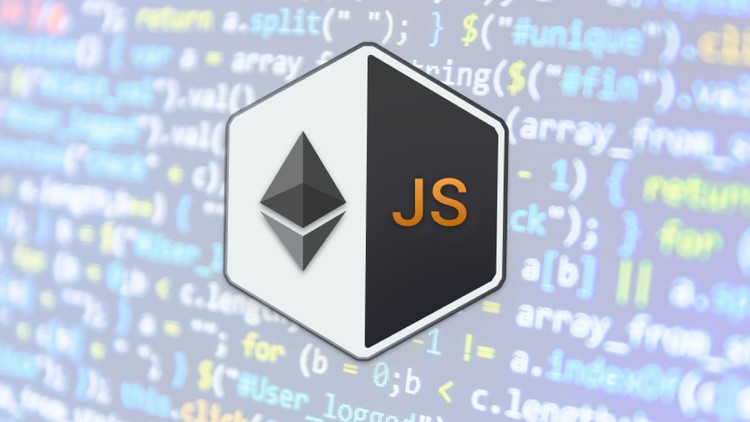Ethereum: Master Web3js Library
Working with web3js on the following topics: account, blockchain, smart contract, and transaction
What you’ll learn
Ethereum: Master Web3js Library
- Understand how to work with an Ethereum account
- Understand how to work with the Ethereum blockchain
- Understand how to work with Ethereum smart contract
- Understand how to work with Ethereum transaction
Requirements
-
This course is start from the beginning so every student could join.
Description
What is Ethereum?
Ethereum is an open source, globally decentralized computing infrastructure that executes programs called smart contracts. It uses a blockchain to synchronize and store the system’s state changes, along with a cryptocurrency called ether to meter and constrain execution resource costs.
The Ethereum platform enables developers to build powerful decentralized applications with built-in economic functions. While providing high availability, auditability, transparency, and neutrality, it also reduces or eliminates censorship, and reduces certain counterparty risks.
What is a smart contract?
The term smart contract has been used over the years to describe a wide variety of different things. In the 1990s, cryptographer Nick Szabo coined the term and defined it as “a set of promises, specified in digital form, including protocols within which the parties perform on the other promises”. Since then, the concept of smart contracts has evolved, especially after the introduction of decentralized blockchain platforms with the invention of Bitcoin in 2009. In the context of Ethereum, the term is a bit of a misnomer, given that Ethereum smart contracts are neither smart nor legal contracts, but the term has stuck. In this book, we use the term “smart contract” to refer to immutable computer programs that run deterministically in the context of an Ethereum Virtual Machine as part of the Ethereum network protocol, i.e. on the decentralized Ethereum world computer.
What is a DApp?
A Decentralized Application, or DApp, is an application that is mostly or entirely decentralized.
Consider all the possible aspects of an application that may be decentralized:
- Front-end software
- Back-end software (logic)
- Data storage
- Name resolution
- Message communications
What is Web3.js?
web3.js is a collection of libraries that allow you to interact with a local or remote
Ethereum node, using an HTTP or IPC connection.
You will learn
- installation
- the big picture
- network
- create web3 object
- local hosted with ganache
- remote hosted with infra
- account
- create new account
- get account balance
- wallet
- blockchain
- block inspection
- subscribe block headers
- subscribe pending transactions
- contract
- create contract
- call method
- sub-event
- transaction
- transaction deploy contract
- transaction send ether
- transaction write to smart contract
Blockchain and Ethereum apps right now are very hot technical trends. Developers with good skills in blockchain and Dapp very easy to get jobs with 6 figures. Are you interested in joining the huge innovation of Dapp? Join my course and I will show you.
Who this course is for:
- Developers want to practically know how to work with the web3js library











Add Comment